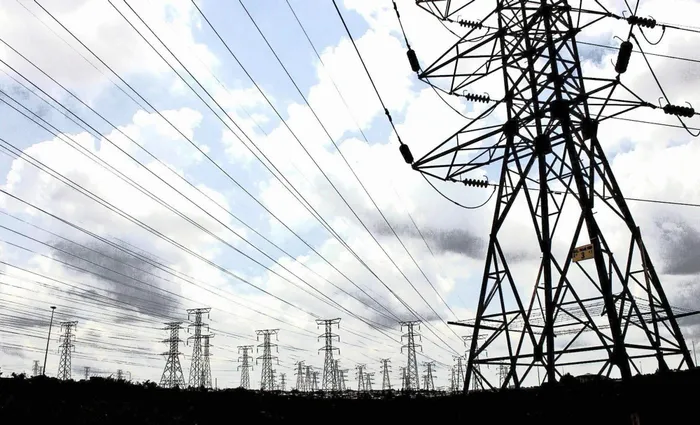Electricity generation shows modest growth despite decline in consumption

Stats SA, in its release for electricity generated and available for distribution in May 2025, on Thursday indicated that electricity generation (production) increased by 2.3% year-on-year in May 2025.
Image: Bhekikhaya Mabaso/Independent Newspapers
In a recent report released by Statistics South Africa (Stats SA), electricity generation in the country registered a year-on-year increase of 2.3% for May 2025.
This modest rise in production stems from an essential shift in the energy landscape as South Africa grapples with increasing energy demands while managing various constraints within its traditional energy sources.
According to Stats SA, seasonally adjusted electricity generation also experienced a positive trend, climbing 1.5% in May compared to April 2025.
These figures follow month-on-month changes of 0.2% in April and 1.0% in March, indicating a more stable production environment.
However, it is critical to note that over the last three months leading up to May 2025, there was a slight decline of 0.1% when compared to the previous quarter.
Conversely, electricity distribution, which reflects consumption, revealed a decline of 0.4% year-on-year during the same month.
In contrast, seasonally adjusted electricity distribution showed a month-on-month increase of 1.6% in May, supported by previous increases of 0.4% in April and 1.3% in March.
Over the three months ending in May 2025, a marginal rise of 0.1% was observed compared to earlier periods.
Energy expert Professor Wikus van Niekerk indicated that these consumption figures might not fully capture the reality, suggesting that the actual demand for electricity could have risen.
“However, because of the nearly 6.4 GW of additional electrical generation from solar PV systems, many “behind the meter”, this will not necessarily show up in the Eskom or Stats SA data as this electricity will be self-consumed by the prosumers that have installed these systems,” he said.
Van Niekerk added that the Energy Transition is underway in SA and as Eskom and municipalities increase their prices while at the same time reducing their levels of service, this will continue and accelerate the demise of these structures.
Craig Morkel, the chairperson of the Gas Economy Leadership Team of the South African Oil & Gas Alliance (SAOGA), echoed calls for greater transparency from Stats SA regarding the evolving landscape of electricity generation technologies.
“The technologies behind the meter may include solar PV plus battery storage and generators or gensets, typically at facilities that need power 24/7, such as data centers, essential services, including hospitals, clinics, police stations, schools, office buildings, hotels, and so forth,” Morkel said.
“The decrease on demand for electricity supply from Eskom and municipalities may be due tje increased uptake of self-generation at a small- to mid-scale and may be the reason why we have a decrease in consumption from Eskom and municipalities.”
Morkel also pointed to signs of dwindling real GDP growth, hinting at reduced economic activity that may correlate with decreased electricity demand. He cautioned that the lingering effects of COVID-19 and regulatory uncertainties are undermining investment decisions in essential sectors.
“Without clear and certain policy, planning and procurement for the infrastructure that is required, our country cannot grow. Government needs to cut through the red tape in collaboration with industry,” he said.
BUSINESS REPORT

Stats SA, in its release for electricity generated and available for distribution in May 2025, on Thursday indicated that electricity generation (production) increased by 2.3% year-on-year in May 2025.
Image: Bhekikhaya Mabaso/Independent Newspapers